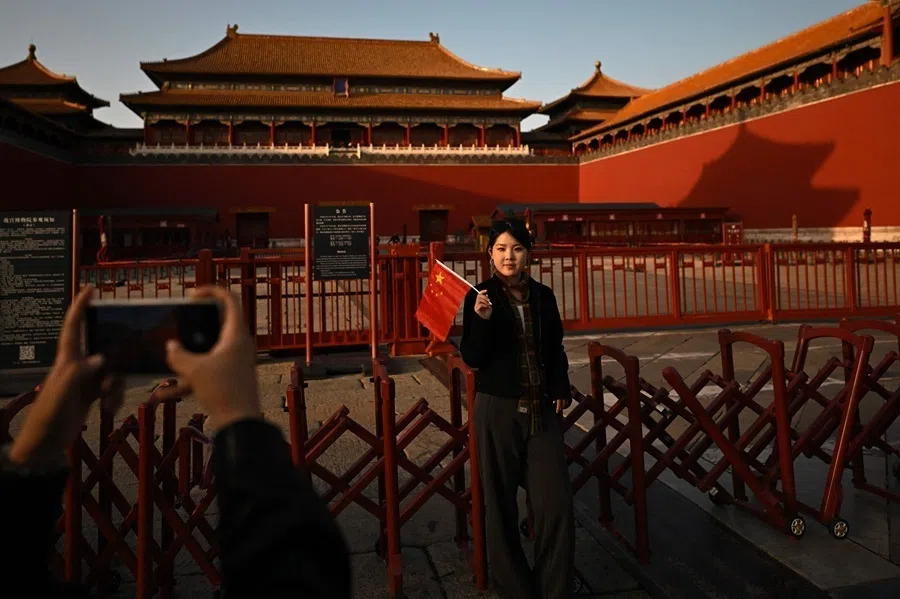Nepal’s balancing act: BRI gains and China’s security demands
While Nepal’s Prime Minister KP Sharma Oli made headway on stalled Belt and Road Initiative (BRI) projects during his recent visit to China, the latter continues to prioritise security and Nepal’s adherence to the “one China” policy, notes Indian academic Rishi Gupta.
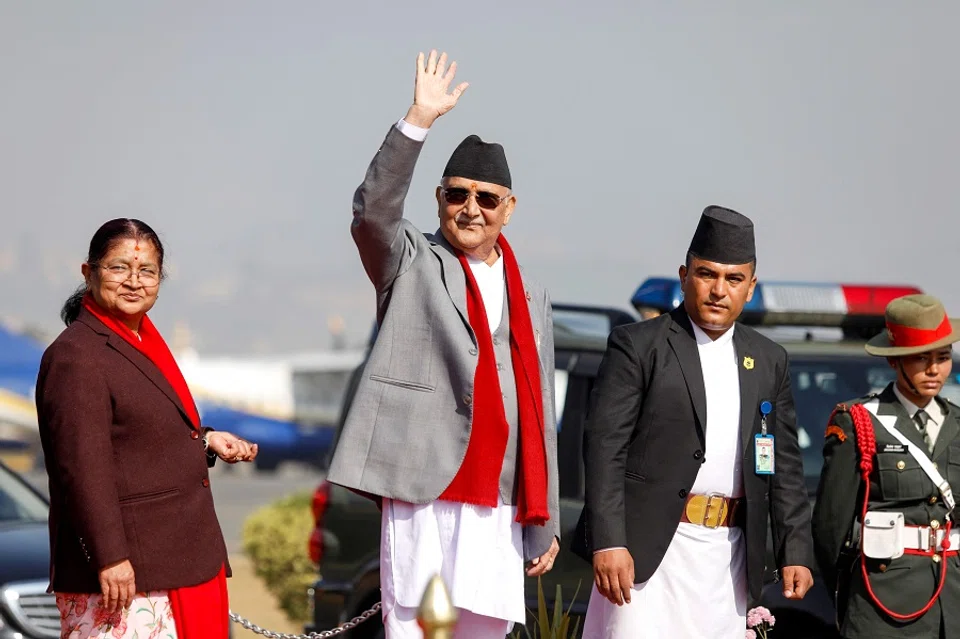
Nepali Prime Minister KP Sharma Oli made a four-day visit to neighbouring China from 2 to 5 December, marking his first state visit since taking office in July 2024. For a landlocked nation bordered by India on three sides and China to the north, this visit carried immense symbolic and strategic weight, especially for Oli himself, as he has been one of the key advocates of deepening ties with Nepal’s northern neighbour.
Prioritising China?
For many in India, this visit was a break from tradition. Nepal’s newly appointed prime ministers typically visited India on their first state visit to mark the “special relationship” between the two countries.
This may be just out of ignorance, as Oli is not the first but the third leader to lead a coalition government since the parliamentary elections of 2022. His predecessor, Puspa Kamal Dahal alias Prachanda, had already visited India in 2023 on his first state visit. Also, Oli seems to have awaited an invitation from India, but it reportedly did not come through due to Prime Minister Narendra Modi’s busy calendar.
Meanwhile, away from what the Indian media has projected that Oli is courting China, Nepali media, in general, has been cautioning the country’s top leadership to tread carefully with China, especially regarding the Belt and Road Initiative (BRI), where high-interest loans from China for development projects could jeopardise Nepal’s economic conditions as seen in countries like Sri Lanka where the latter had to surrender its Hambantota Port for 99 years to China after it failed to repay loans.
However, Oli’s China trip was mainly focused on kindling some fresh life in the BRI, and for many, Oli has managed a win-win deal with China on this. Could this be a decisive step toward reshaping Nepal’s foreign policy and redefining its regional partnerships?
Yet despite repeated assurances and high-level pushes, the BRI in Nepal remains more rhetoric than reality.
BRI moves forward, but not enough
Nepal signed a memorandum of understanding on the BRI with China in May 2017, despite domestic opposition and India’s security concerns. Hailed as a diplomatic win for Beijing over India’s traditional influence in Nepal, the BRI promised to bolster China’s strategic foothold in the Himalayas. However, progress stalled as no projects were finalised, hindered by Beijing’s vague financial terms and Nepal’s political instability.
In the past seven years, in all high-level discussions, Beijing has asked Nepal to work towards implementing the project. President Xi’s historic visit to Nepal in October 2019 emphasised that the BRI was “an important opportunity to deepen mutually beneficial cooperation in all fields in a comprehensive manner, jointly pursue common prosperity and dedicate themselves to maintaining peace, stability and development in the region”. Yet despite repeated assurances and high-level pushes, the BRI in Nepal remains more rhetoric than reality. Will Nepal take the leap, or will the devil in the details continue to stall progress?
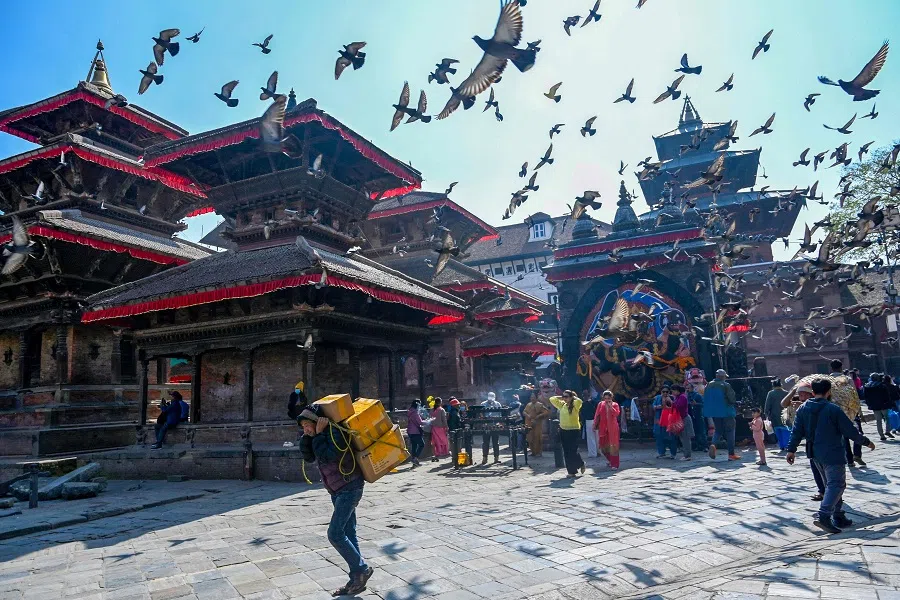
Before Oli headed to China, he held talks with his coalition partner in the government — the Nepali Congress — to find mutually agreed conditions and political consensus to move forward with the initiative. The Nepali Congress has been asking Beijing to offer projects under grants and aid instead of loans even, and the same was conveyed to Oli to convey to the Chinese side.
Interestingly, the stalled progress of BRI projects in Nepal seems to have melted away. After years of back-and-forth negotiations, China and Nepal have reportedly settled on “aid assistance financing” to move forward, but details of the reported “BRI framework agreement” remain undisclosed.
... the arrangement appears to blend aid with loans, potentially signalling a compromise to address past concerns.
China’s support for critical infrastructure projects remains to be seen
The term “aid assistance financing” itself is ambiguous, allowing both parties flexibility in its interpretation. From initial indications, however, the arrangement appears to blend aid with loans, potentially signalling a compromise to address past concerns.
While this is seen as a breakthrough by the current leadership in Nepal, the devil lies in the details and until the financial modalities come into the public domain, it is hard to decode it, and it would be no surprise if it causes political upheaval in the future as it has been the case in the past. Under the framework agreement, at least nine projects have reportedly been identified in the areas of infrastructure development, hydropower production, and cross-border connectivity through roads and railways.
While it is good news for Beijing that Kathmandu has shown a willingness to move ahead with the BRI, it also comes with a major political victory for Oli that despite the political differences, he succeeded in getting a positive nod from its coalition partner, the Nepali Congress. Whether this contributes to winning over the local constituents, especially the ones wanting closer ties with China, will entirely depend on how generous Beijing gets in offering aid to Nepal towards critical infrastructure projects, including building roads.
Contrary to the secrecy maintained on the BRI, Nepal’s agreeing to the US-led Millennium Corporation Compact (MCC), which offers US$500 million in aid towards infrastructure and building cross-border power transmission lines to Nepal, has moved forward since its ratification by the Nepali parliament in 2022 and entire agreement is available in the public domain. Therefore, if public opinion on BRI remains suspicious, it is due to the classified nature of the details of the deal.
With Tibetan resistance historically supported by external powers like the US, China’s focus on Nepal has only intensified. Today, the presence of Tibetan refugees in Nepal underlines China’s push for Nepal’s unwavering support.
Security remains a key consideration for China
China has consistently emphasised Nepal’s commitment to its national unification and adherence to the “one China” principle in all their joint communiques. During Oli’s recent visit, Nepal reaffirmed its “commitment to the One-China principle, recognising that the Government of the People’s Republic of China is the sole legal government representing the whole of China and Taiwan is an inalienable part of China’s territory”.
The statement further added, “Nepal firmly supports China’s efforts toward national reunification and opposes ‘Taiwan independence’.” The joint statement also addressed Tibet, stating that “Nepal reaffirmed that Xizang affairs are China’s internal matters and pledged to prevent any separatist activities targeting China from its soil”.
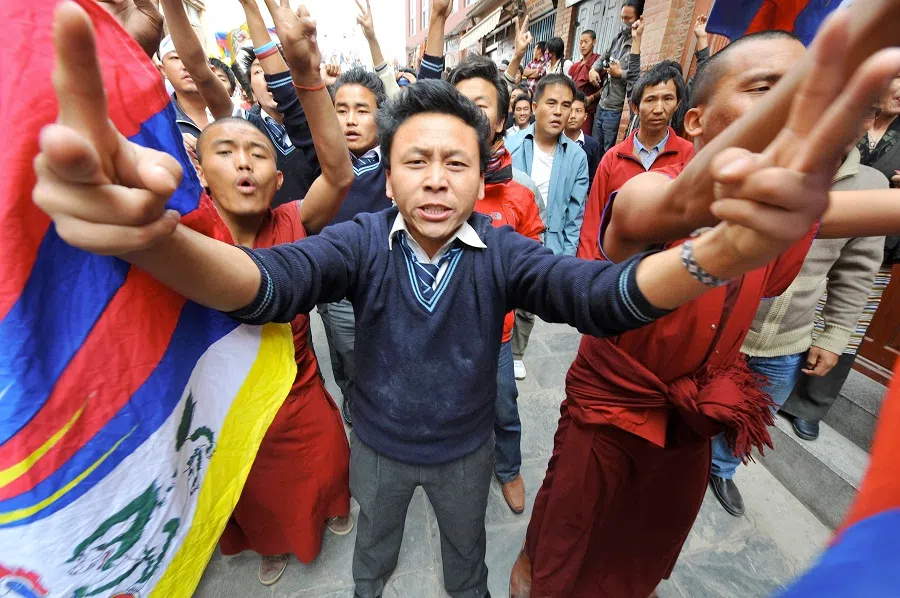
The use of “Xizang”, a sinicised term for Tibet, is noteworthy — reflecting China’s effort to solidify its sovereignty narrative. Since Tibet’s merger with China, Nepal’s strategic geography has been crucial due to their shared border. This route historically enabled Tibetans to flee to India and some to remain in Nepal, where they continued to advocate for a “free Tibet”.
With Tibetan resistance historically supported by external powers like the US, China’s focus on Nepal has only intensified. Today, the presence of Tibetan refugees in Nepal underlines China’s push for Nepal’s unwavering support.
For Beijing, ensuring Nepal’s firm alignment with its “one China” principle is crucial to prevent any potential coalition of forces that might link the Tibet and Taiwan issues.
Implications for Taiwan issue
While seeking a commitment to Tibet is understandable due to its close geographical and community-based affinity, why is Nepal so significant to China in the context of Taiwan?
This stems from both strategic and geopolitical considerations. First, Nepal’s geographical location at the crossroads of South Asia positions it as a potential transit point for narratives and movements that could challenge China’s sovereignty claims.
For Beijing, ensuring Nepal’s firm alignment with its “one China” principle is crucial to prevent any potential coalition of forces that might link the Tibet and Taiwan issues. Such a convergence could provide momentum to separatist movements or opposition to China’s policies, tarnishing its image globally.
Second, Nepal’s policy of non-alignment and its relationships with major powers, including the US and India, make it a key player in the region. For China, preventing these countries from influencing Nepal to adopt positions sympathetic to Taiwan is a strategic priority. Any support for Taiwan from Nepal, however symbolic, would not only challenge China’s narrative on Taiwan but also challenge its efforts to control the region’s discourse on sovereignty and independence.
... Beijing remains firmly focused on integrating security considerations into its foreign policy with Nepal.
In conclusion, Prime Minister Oli’s trip to China has yielded tangible outcomes. While the BRI has moved forward, nine agreements were signed regarding infrastructure development and trade enhancement, and China’s commitment to provide 300 million RMB (approximately US$41 million) in cash assistance. However, the actual test lies in the execution of these initiatives.
This trip serves as a reminder to Nepal’s political elites, who argue that China views Nepal beyond security concerns and offers a counterbalance to India’s traditional influence. Yet as evidenced by Oli’s recent and previous visits, Beijing remains firmly focused on integrating security considerations into its foreign policy with Nepal. This security dimension, critical to China’s broader regional strategy, cannot be discounted, regardless of Nepal’s desire to frame the relationship differently.

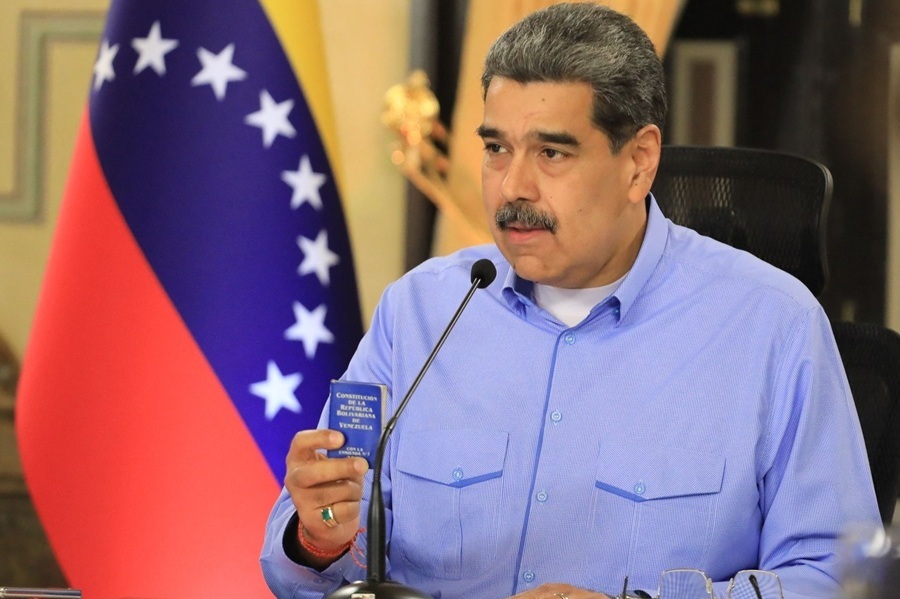
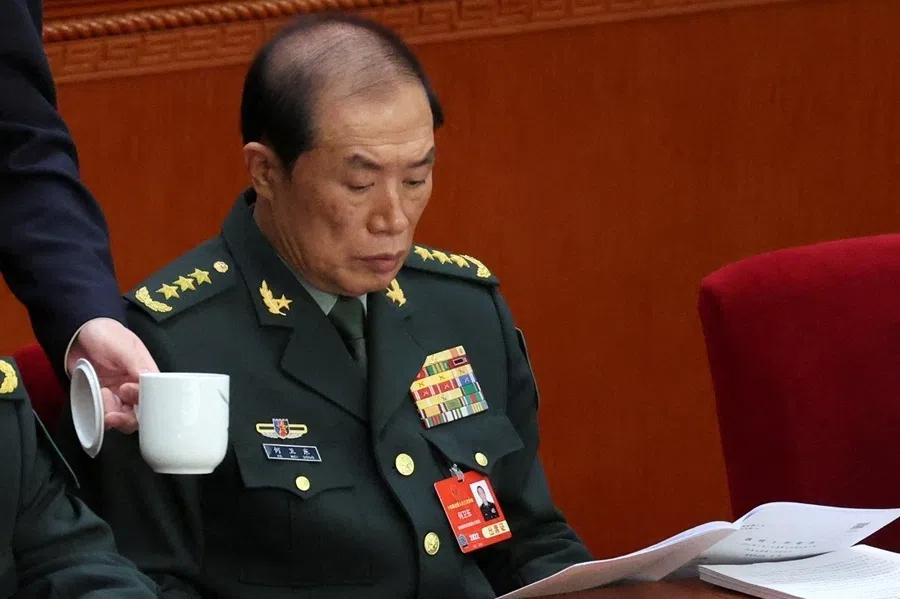
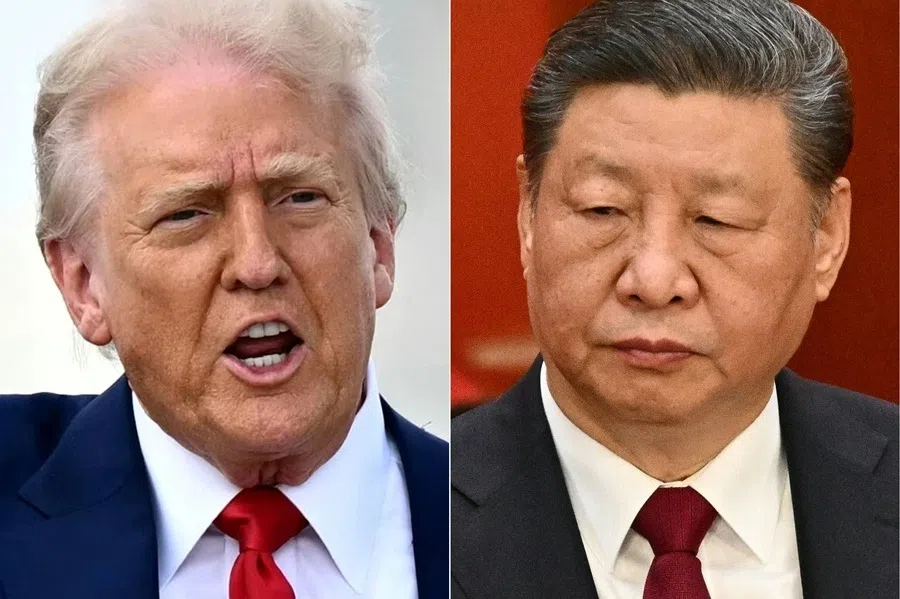
![[Big read] Prayers and packed bags: How China’s youth are navigating a jobless future](https://cassette.sphdigital.com.sg/image/thinkchina/16c6d4d5346edf02a0455054f2f7c9bf5e238af6a1cc83d5c052e875fe301fc7)
